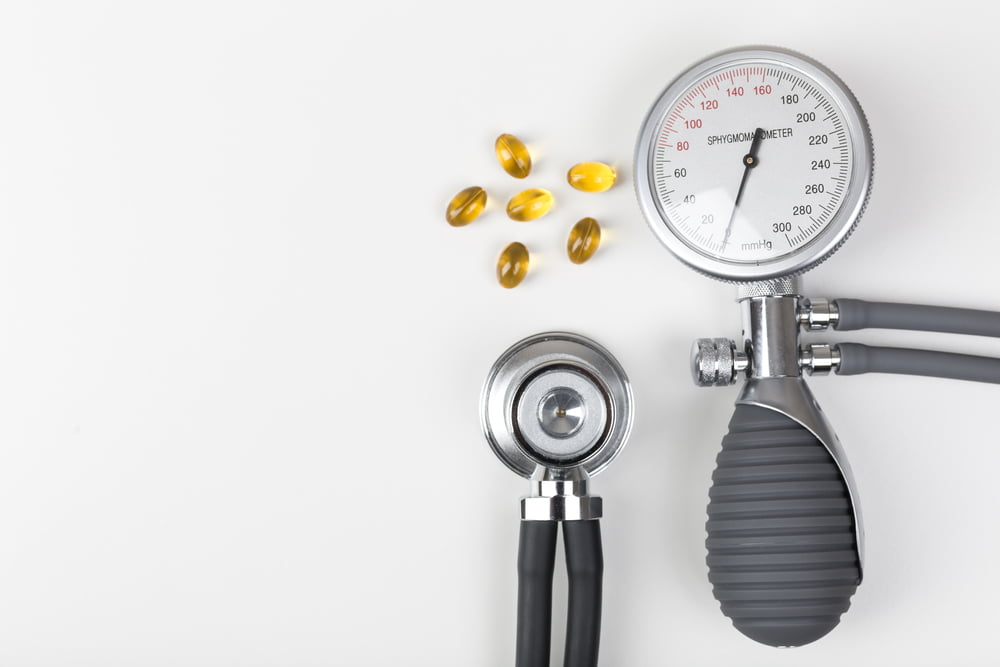A new chapter: qualified claims for blood pressure
The U.S. Food and Drug Administration has taken a notable step by allowing qualified health claims that link EPA and DHA omega-3s with lower blood pressure. The decision, initiated years ago by the Global Organization for EPA and DHA Omega-3s (GOED), doesn’t read like a billboard—the language must clearly state that the overall evidence is limited and inconsistent—but it does open the door for companies to communicate a blood-pressure benefit when their products deliver enough omega-3s. To use the claim, a serving must provide at least 0.8 grams of combined EPA and DHA, and the statement must make clear that the support is suggestive rather than definitive. Even with those caveats, the move signals the agency’s recognition that omega-3s influence more than triglycerides, touching other cardiovascular risk factors such as vascular function and blood pressure. As Dr. Bill Harris put it, it’s a welcome acknowledgement that “there is something there.”
Status matters: the Omega-3 Index and blood pressure
Beyond product labels, population data continue to tie omega-3 status to blood-pressure readings. In a study of 2,036 healthy adults aged 25 to 41, the average Omega-3 Index (the percentage of EPA+DHA in red blood cells) sat at 4.58%, well below the commonly cited target of 8% or higher. Participants with the highest Omega-3 Index values had systolic and diastolic pressures roughly 4 and 2 mmHg lower, respectively, than those with the lowest values—even though the gap between groups was only about two percentage points on the Index. The authors concluded that higher omega-3 status aligns with meaningfully lower blood pressure in young, otherwise healthy people, reinforcing earlier meta-analyses showing that EPA and DHA can help nudge numbers downward. Given that over 100 million U.S. adults now meet criteria for hypertension, the ability to improve a modifiable marker like the Omega-3 Index through food and supplements is practical prevention.
Updated federal advice: more fish for moms and kids
FDA and the Environmental Protection Agency also refreshed their consumer guidance for women who are or may become pregnant, breastfeeding mothers, and young children. The message is straightforward: include fish regularly while choosing varieties lower in mercury. The agencies continue to organize more than 60 seafood types into “Best,” “Good,” and “Choices to Avoid” categories by mercury level, but the 2020 update leans harder into the benefits side of the ledger—emphasizing nutrients such as EPA and DHA for fetal and early-life brain and eye development, as well as broader cardiometabolic advantages. In line with the Dietary Guidelines for Americans, the recommendation for pregnant and breastfeeding women is two to three servings a week, or roughly eight to twelve ounces, of lower-mercury seafood. Unfortunately, intake still lags badly; more than one in five pregnant women report eating no fish at all in a given month, and many others fall far short of the target.
Closing the DHA gap during pregnancy
For pregnancy and lactation, DHA is the headline omega-3. Expert groups commonly advise at least 200 mg of DHA per day, achievable with two to three weekly servings of fatty fish or with a prenatal supplement when seafood isn’t on the menu. Real-world intake is much lower—around 60 mg per day on average—and supplement use remains uncommon. Blood measures tell the same story. A red-blood-cell DHA level of at least 5% is a practical benchmark during pregnancy, yet analyses suggest the majority of women of childbearing age fall below that cutoff, with many in ranges described as very low. The good news is that DHA status responds predictably to diet and supplementation. If fish isn’t feasible, algae-based DHA offers a safe, mercury-free alternative.
Measure, adjust, confirm
Personalizing omega-3 intake is simplest when you can see your baseline and track your progress. Tests such as the Prenatal DHA Test (blood) and the Mother’s Milk DHA Test (breast milk) make it easy to understand whether current habits are delivering enough DHA for mom and baby. With a starting value in hand, a clinician can help fine-tune seafood choices or set an appropriate supplement dose, and a follow-up test can confirm that levels have moved into the desired range. Between FDA’s qualified claims on blood pressure and its strengthened guidance for pregnancy and early childhood, the takeaway is consistent: omega-3s matter, and the combination of smart seafood choices, targeted supplementation, and simple status testing turns that science into day-to-day action.




